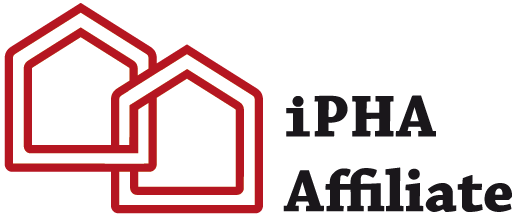
PHINZ has recently appointed a new Chair to the Board and we are delighted to announce that Joe Lyth, Director of WEL Architecture, has enthusiastically stepped into this role to lead our organisation in 2025 and beyond. He takes over from Guy Shaw who has been in the role of Acting Chair for the past few months.
We would like to take this opportunity to also thank Guy for his outstanding commitment and support. He will resume his role as Treasurer on the Board.
Joe has a vast amount of knowledge and expertise and we know that our organisation is in great hands but we will let Joe tell you more on his thoughts and vision for the next chapter:
“Designing and building lower energy, lower carbon, healthier homes and buildings, is a challenge facing the whole construction industry. This means homes and buildings that use less materials alongside less energy, that work with their context and local environment without imposing on it, and that utilise healthier, less impactful products, systems and materials, for both people and planet.
The Passive House process is a key part of achieving this goal, with measurable performance and a proven track record of producing buildings of higher quality, comfort and durability, in all climates. My family and I have first-hand experience of this, through producing our own Certified Passive House home on a standard budget, and we have seen the results – it does what it says on the tin!
Yet Passive House is one part of the picture, with other bodies, individuals, rating and certification schemes covering areas such as biodiversity, materiality, waste reduction, liveability, and so forth. These are all part of the same pathway towards better buildings and need to be supporting each other towards achieving this goal.
In taking the role of Board Chair at Passive House Institute New Zealand, my aim is to work towards fostering more collaboration, to clarify the place of Passive House and its significance in achieving energy efficient, climate resilient buildings for Aotearoa New Zealand; and to support anyone on their journey, whatever their point on the route. I look forward to working with everyone on the way!”
